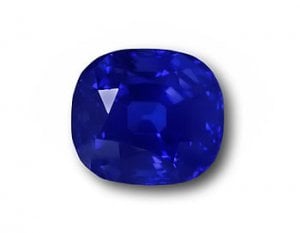Id be interested to know what the community here thinks about the best stones for investment.
Assume 10 year hold period- the stones that will do the most capital growth in that timeframe.
I know it will all depend on supply and demand. The demand factors i see as the 4c's.
Supply being about rarity.
Looking forward, i think that some of the 'semiprecious' ones like tanzanite and black opals, and imperial topaz will do the best.
I am not too sure about diamonds- supply seems plentiful to me, and demand will depend on the fantastic marketing machines of De Beers , tiffany etc. Pink diamonds are probably more an exception here i think, as they do have genuine rarity.
Assume 10 year hold period- the stones that will do the most capital growth in that timeframe.
I know it will all depend on supply and demand. The demand factors i see as the 4c's.
Supply being about rarity.
Looking forward, i think that some of the 'semiprecious' ones like tanzanite and black opals, and imperial topaz will do the best.
I am not too sure about diamonds- supply seems plentiful to me, and demand will depend on the fantastic marketing machines of De Beers , tiffany etc. Pink diamonds are probably more an exception here i think, as they do have genuine rarity.








300x240.png)